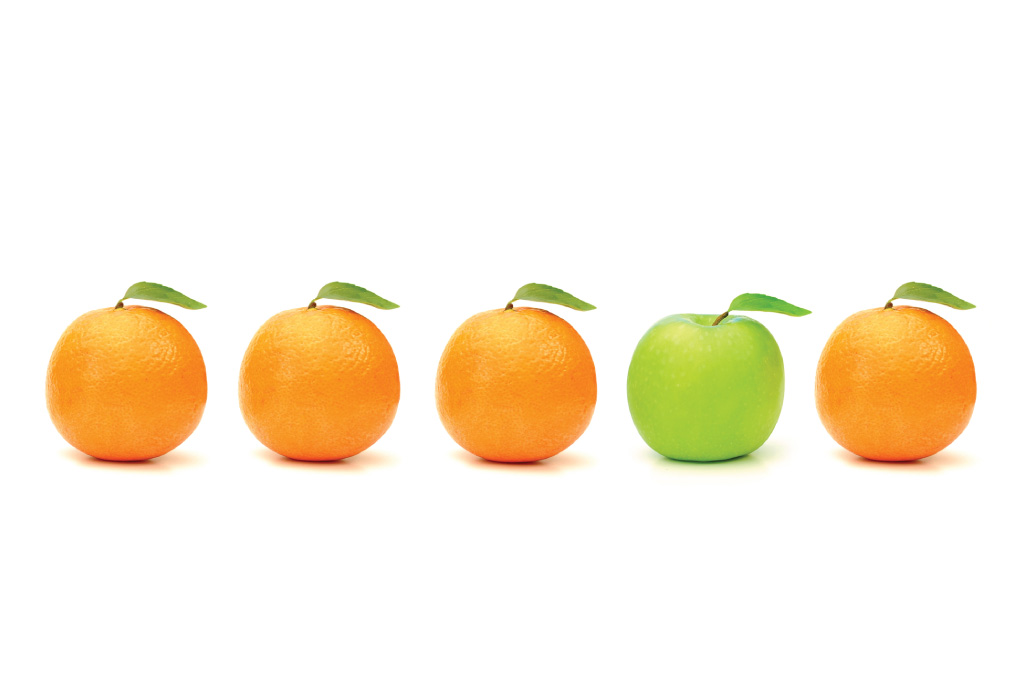A trademark can be filed either as a single-class application – one class per mark, or as a multi-class application that covers several classes in a single application. But how do you know which is the better option for your business?
Here are the various trademark classes for your reference. More importantly, here are the few things you should consider before making your decision to file a single-class or multi-class trademark application:
1. Is there a cost-saving option?
Multi-class applications are often seen as more cost-efficient compared to single-class applications. In some countries, the official fees to be paid in relation to the additional classes designated under the same application are indeed lower. As such, in these jurisdictions, the filing of a single mark in three classes would be cheaper than the filing of three single-class applications. This is however not the case in all Southeast Asian countries. For instance, in Singapore, the official fees are based on the number of designated classes.
Furthermore, it should not be ignored that in case there are refusals issued by the duty officers during the application process, the management of multi-class applications can become more costly than single-class applications (for example, if the division of application is necessary at some point of time).
In the long-term, however, the fees related to recordals of name or address, license, merger, or assignment for multi-class applications would be lower as they would be applicable per application/registration.
2. Is there a management-friendly solution?
Trademark owners have a tendency to proceed with multi-class applications as these allow an easier administration of their trademark portfolio. A single application/registration number is indeed allocated for several classes simultaneously, the renewal deadline is also the same across all classes, and a single form would be required for renewal and recordals (change of name, address, assignment, license, etc.).
3. Are divisional applications allowed?
Although multi-class applications are often preferred for the reasons listed above, they carry a bigger risk of facing objections from the trademark office or being opposed by a third party.
In case the trademark is objected or opposed with respect to some classes only, the registration of the mark in the other classes will be delayed until the issues have been resolved. The whole application would be considered abandoned in case of a lack of reply to said refusals or oppositions.
It is therefore very important to ensure, prior to choosing the application basis, that divisional applications are allowed in the countries of interest. The divisional application would allow the non-objected/non-opposed classes to proceed further to registration without additional delay. As a result, these non-affected classes would continue their way to registration under a new application number.
Divisional applications are also useful in case the owner needs to assign the mark to some classes only.
4. Is the length of the examination period the same?
If time is of the essence, a single-class application may be more appropriate as in most cases, the substantive examination of multi-class applications is longer than for single-class applications.
5. What is the practice in Southeast Asian countries?
Below, you will find the practices followed by each of the Southeast Asian countries with our recommendations per jurisdiction.
(i) Countries where a multi-class application should be considered:
In Brunei, Malaysia, the Philippines and Singapore, the official fees for trademark filings and renewals are applicable on a per-class basis. The fees related to the publication and the issuance of the certificate, which are applicable in Brunei, Malaysia and the Philippines, would be lower or even nil for the additional classes.
In Vietnam, the official fees would be lower for the second and subsequent classes designated in the same application. A single fee will also be charged per application for any subsequent recordals.
In all the aforementioned countries, divisional applications are accepted:
- in case of a partial objection with respect to some classes only.
- in case of partial opposition with respect to some classes only. In the Philippines, this should however be agreed upon by the parties and accepted by the hearing officer during the opposition proceedings.
- in case the owner needs to assign the mark to only certain classes.
In light of the above, filing multi-class applications in the aforementioned countries would have the advantages of lower costs and a portfolio that would be easier to manage. If obstacles are encountered for some classes, a divisional application should be considered to expedite the application process for the classes which did not face any complication.
(ii) Countries where single-class applications are highly recommended:
In Cambodia, Indonesia, Thailand and Laos, divisional applications are not allowed. As such, if an office action is raised or a notice of opposition is filed by a third party with respect to some classes only, and the chances to overcome the same are low, it is recommended to file a voluntary withdrawal for the class(es) targeted by the corresponding action so as to allow the remaining classes to move forward towards registration. In addition, the official fees to be paid to the registries in Cambodia, Indonesia and Thailand are the same per class.
Single-class applications are therefore highly recommended in these territories.
(iii) The particular case of Myanmar:
The long-awaited new trademark law in Myanmar will be implemented in a couple of months and will bring major changes to its trademark practices. The owners of trademarks registered under the old system will benefit from a transitional period to re-file their trademarks under the new system and will enjoy a right of priority over new applicants who will have to wait until the end of this soft-opening period to file new applications.
Under the “old” system which is still applicable at this stage, multi-class applications are acceptable and recommended because there is no substantive examination of the marks and the applications are not open to oppositions by third parties. The fees are also lower for multi-class applications.
As for the new system, it will accept multi-class applications as per the government’s communication. The official fees have not yet been disclosed and even if the new law provides for the possibility to file divisional applications, it is not clear yet how this will work in practice.
At IPHub Asia, we specialize in trademark prosecution and provide Asia-wide coverage from one central location, Singapore. If you have any questions about single–class and multi-class trademark applications or about the new trademark law in Myanmar, you can contact one of our specialists.
You can also visit our website to know more about our services.









